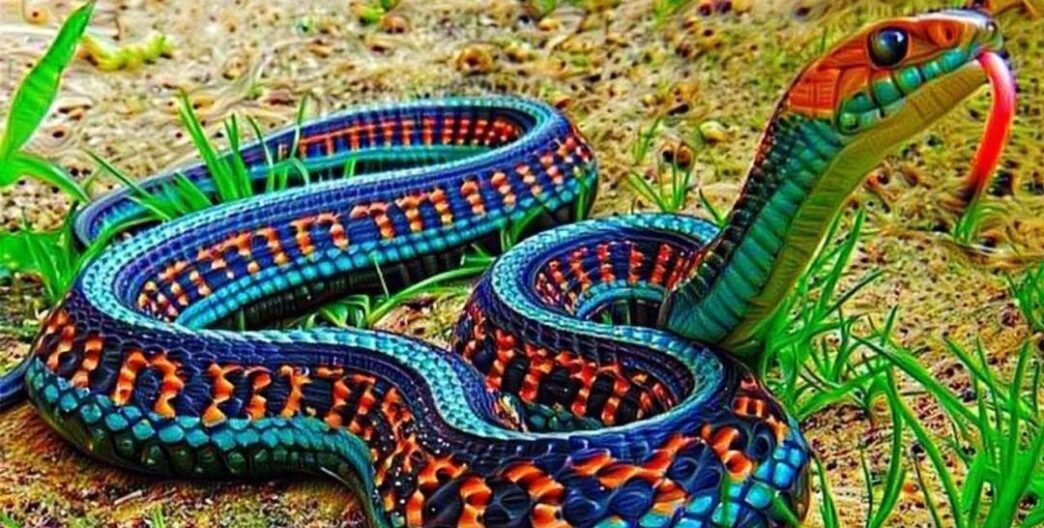Vipers are some of the most sophisticated venomous snakes on the planet. Found almost everywhere except Australia, they possess retractable fangs and can strike faster than you can blink. This guide introduces ten of the most notorious vipers frequently mentioned in stories and folklore, highlighting their appearance, habitats, behavior, and the risks they pose.
1. Bushmaster
Tags: Giant, Pit Viper, Tropical Rainforest
Distribution: Central and South America, mainly in the Amazon rainforest and surrounding forests.
Identification: Can reach over two meters in length. Body covered in diamond or elongated patterns, with a distinctive triangular head and heat-sensing pits.
Risk: Hemotoxic venom can be deadly. Its leaf-litter camouflage makes it nearly invisible in its habitat.
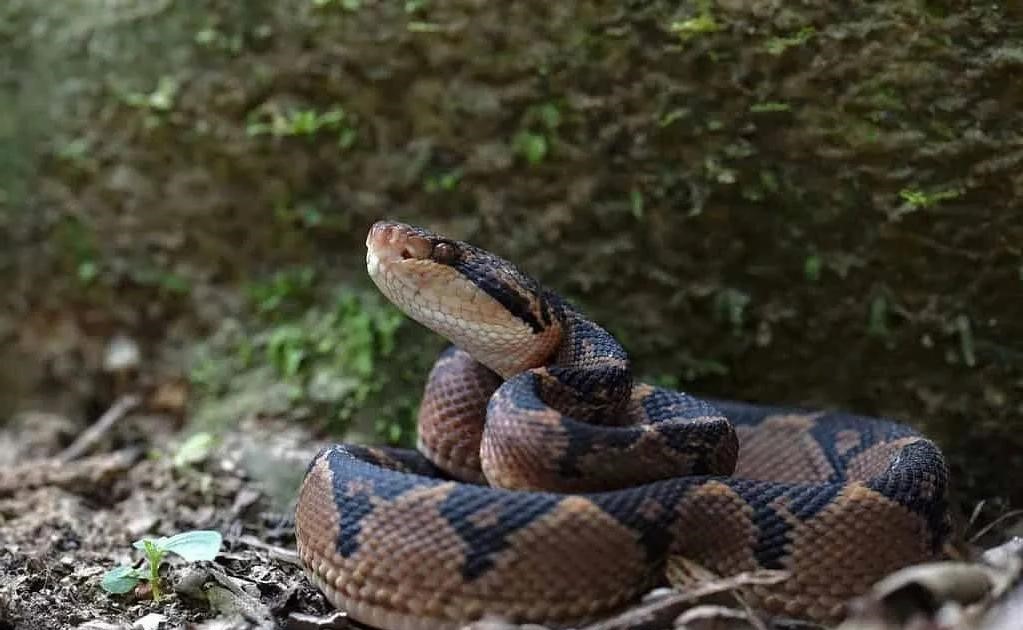
2. Daboia (Daboia russelii)
Tags: High Risk, Medically Significant
Distribution: South and Southeast Asia, including Thailand and neighboring countries.
Identification: Stout body with brownish-yellow coloring, marked by large round spots along the back.
Risk: Bites can disrupt blood clotting, cause swelling, hemolysis, and kidney damage. Considered one of Asia’s most dangerous snakes.
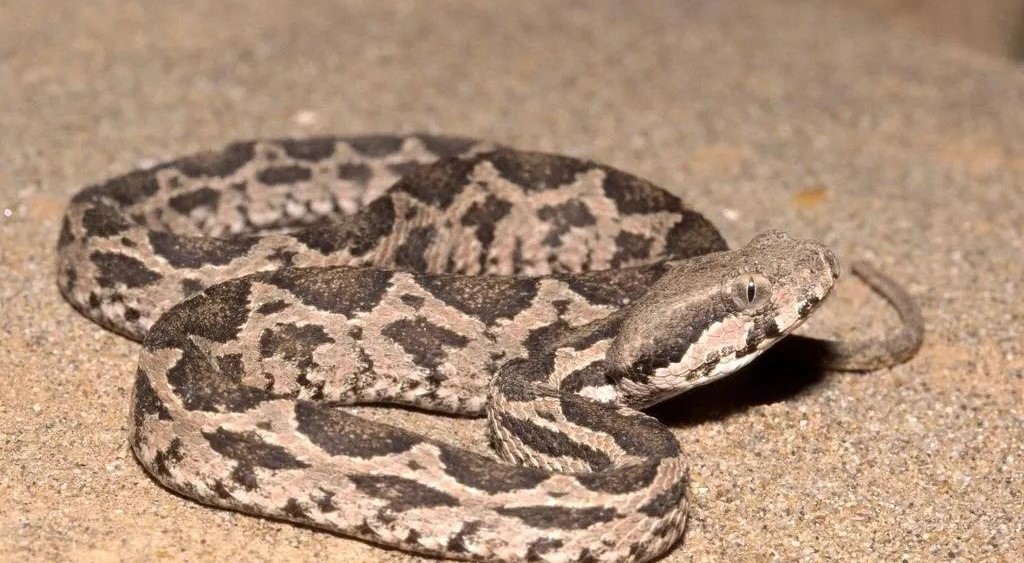
3. Red-tailed Bamboo Pit Viper (Trimeresurus albolabris)
Tags: Vibrant, Often Encounters Humans, Nocturnal
Distribution: Southern China and much of Southeast Asia, typically in bamboo groves, bushes, and near water.
Identification: Bright green body, pale yellow belly; males often sport red or orange-red tail tips. Large triangular head and slender neck.
Risk: Venom mainly affects blood circulation; bites usually cause pain and swelling. Fatalities are rare but bites are common due to frequent human contact.
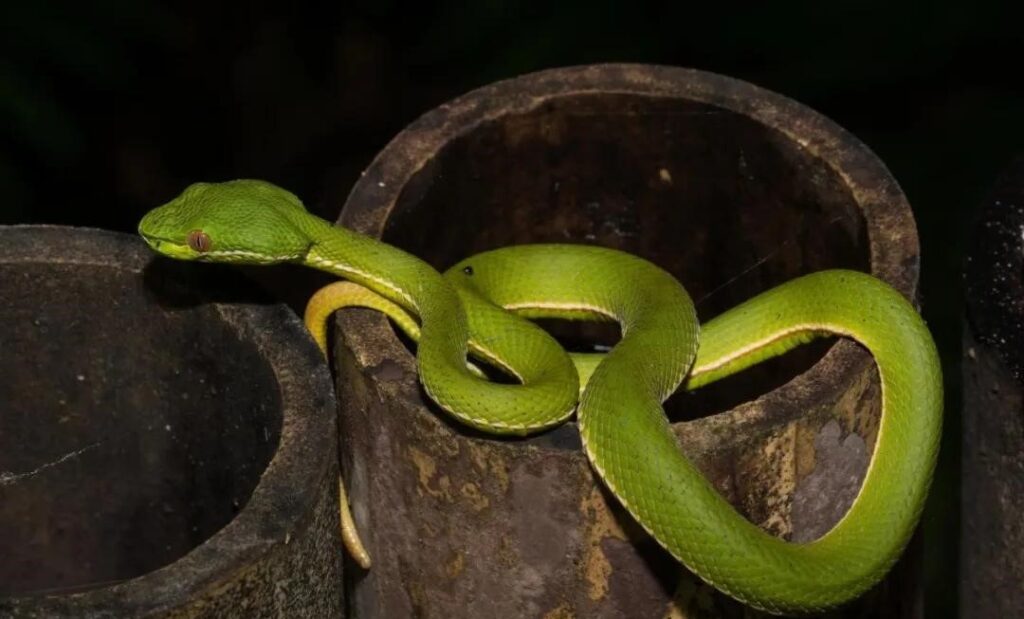
4. Sharp-nosed Pit Viper (Deinagkistrodon acutus)
Tags: Notorious, Mountain Regions, Legendary
Distribution: Southern China, Taiwan, and nearby valleys.
Identification: Upturned snout, gray-brown body with “8” or diamond-shaped side markings.
Risk: Venom is hemotoxic. Folklore exaggerates the “hundred-step” danger, but it is still highly venomous.
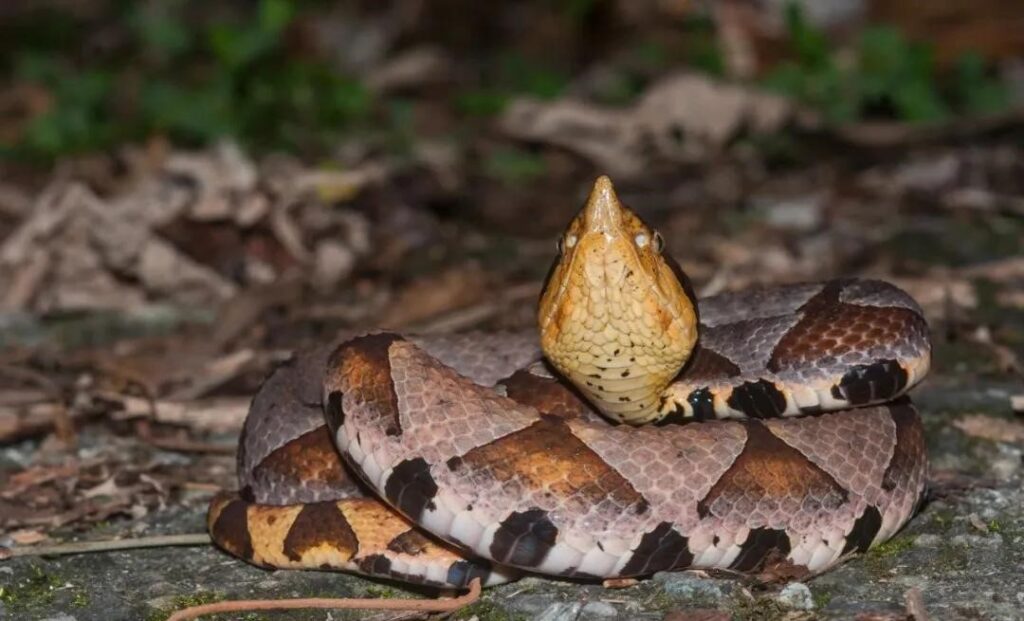
5. White-headed Viper (Azemiops)
Tags: Distinctive Appearance, Cool Mountain Habitats
Distribution: Mountain regions in China and nearby areas.
Identification: Pale or white head, purplish-brown back with thin red crossbands. Length typically 60–80 cm.
Risk: Neurotoxic effects can occur, accompanied by pain, swelling, or dizziness. Rare but should not be underestimated.
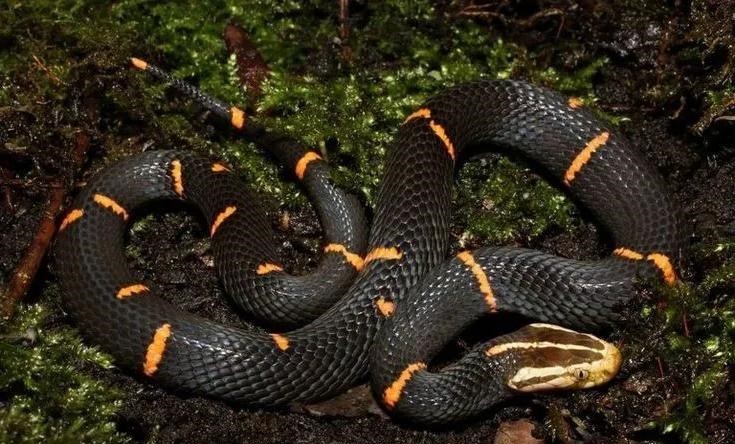
6. Mangshan Pit Viper (Protobothrops mangshanensis)
Tags: Endangered, Rare, Large
Distribution: Mangshan region of China.
Identification: Dark brown-black body with fine network patterning. Head resembles an iron shape. Adults can grow close to two meters.
Risk: Highly venomous and extremely rare. Do not disturb or trade this snake.
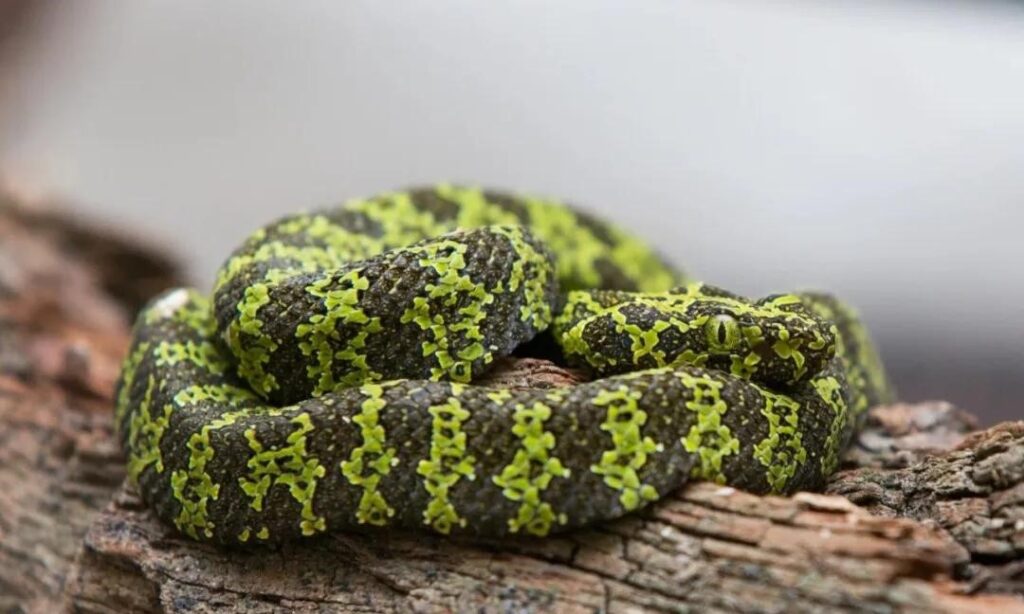
7. Short-tailed Pit Viper (Gloydius brevicaudus)
Tags: Small, Common, Frequent Bite Incidents
Distribution: Grasslands, farmland edges, and forest margins in China.
Identification: Short, thick body; brown back with light spots; gray-white belly; distinct peach-shaped mark behind the neck.
Risk: Less dangerous than giant vipers, but frequent encounters make it a common cause of snakebites.
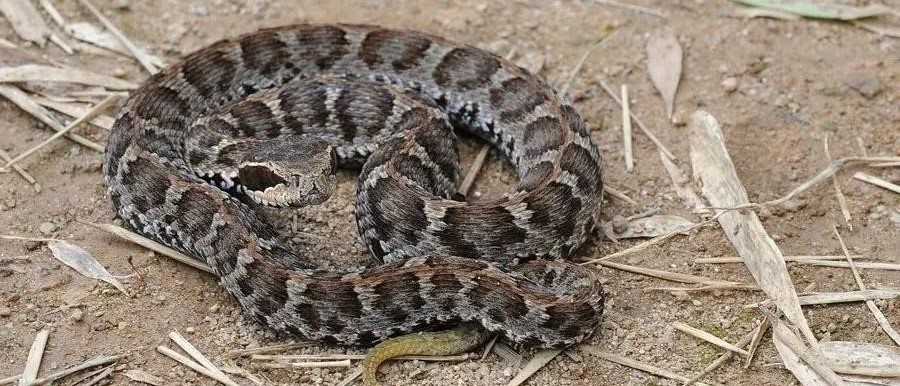
8. Brown-spotted Pit Viper
Tags: Agile Climber, Nocturnal
Distribution: Southern China, Taiwan, hills, and mountainous areas.
Identification: Long triangular head, slender body, flexible tail; irregular blotches on the back.
Risk: Ambushes prey from shrubs or trees. Night hikers should use headlamps and pay attention to footing.
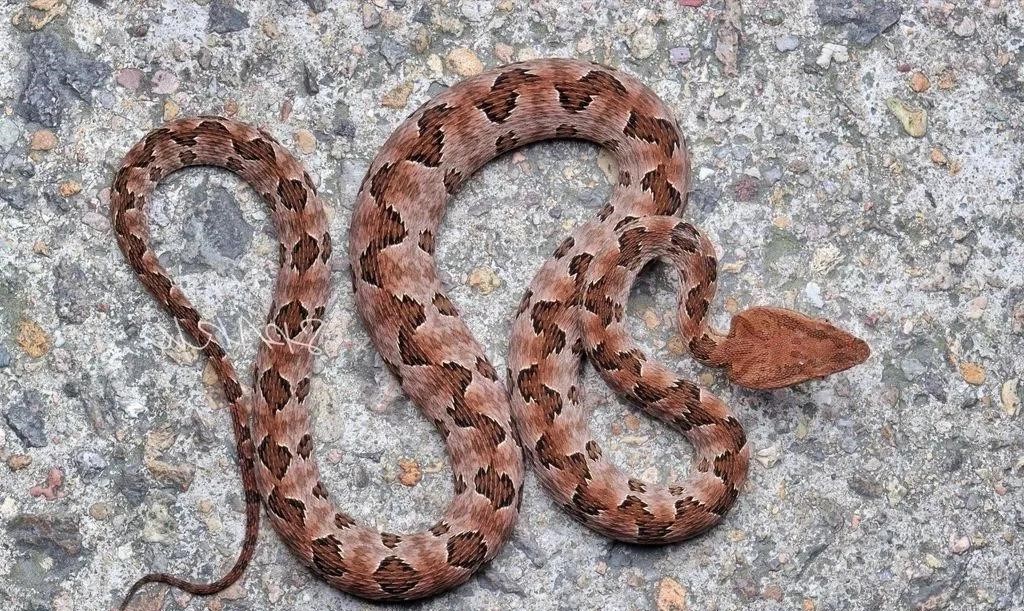
9. White-browed Pit Viper (Gloydius blomhoffii)
Tags: Plains and Hills, Alert Temperament
Distribution: Found in open fields and hilly areas; active during summer.
Identification: Coils tightly and hisses when threatened; hunts rodents, birds, and lizards.
Risk: Bite incidents peak in September and October when agricultural activity overlaps with snake activity.
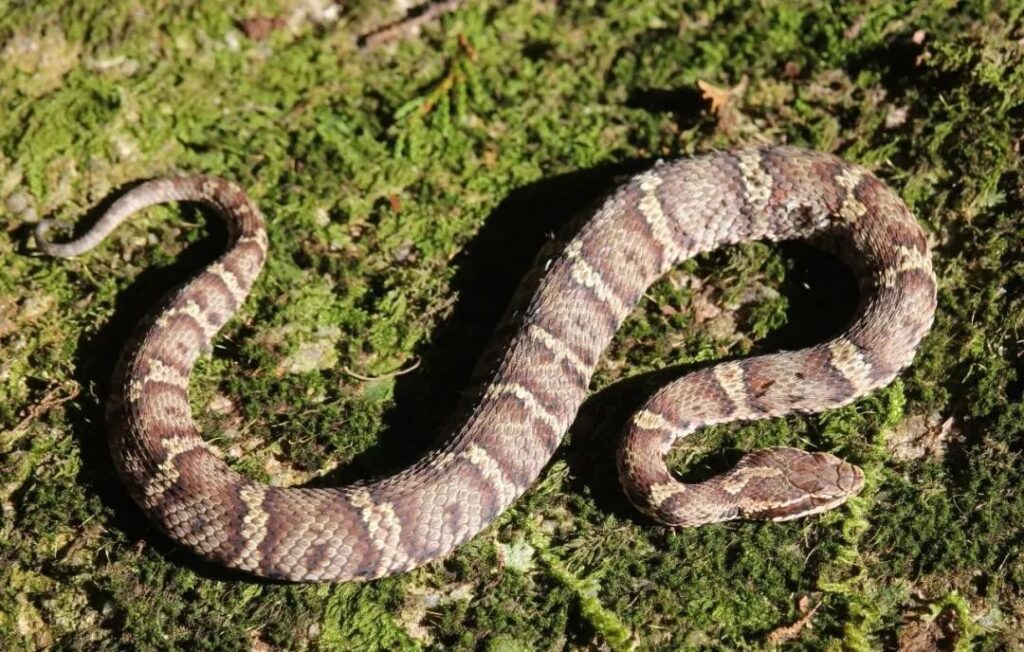
10. African Horned Viper (Cerastes cerastes)
Tags: Desert Camouflage, Horned Appearance
Distribution: North African and Middle Eastern deserts, including the Sahara.
Identification: Horn-like scales above the eyes; sand-colored body blends perfectly with desert sands; side-winding movement leaves zigzag tracks.
Risk: Excellent camouflage, active mostly at night and early morning. Wear protective clothing in deserts.
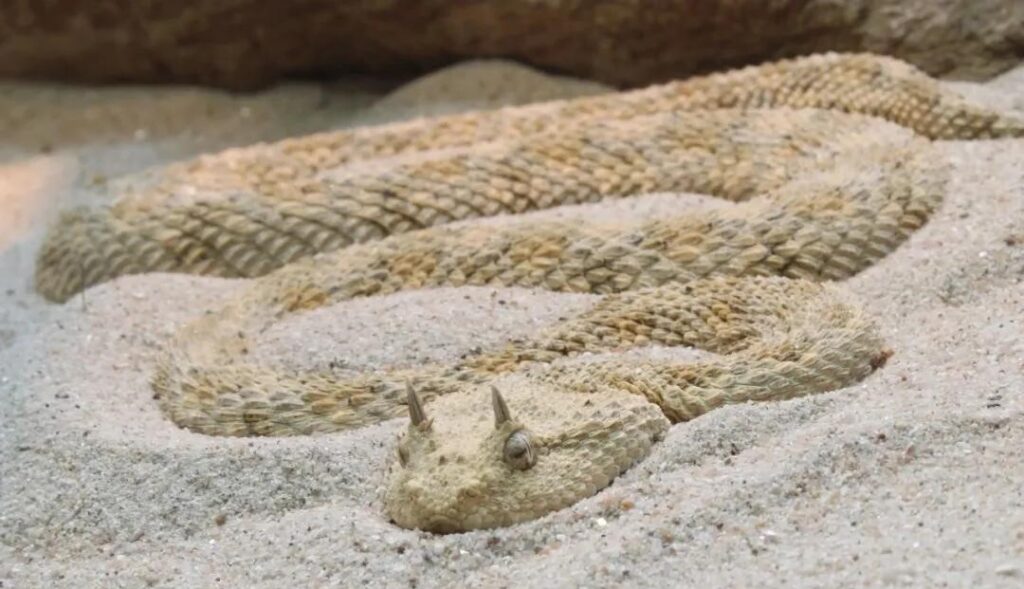
Essential Field Safety Tips
- Never handle snakes by hand. Photograph from a safe distance.
- Wear long pants and high boots. Use headlamps or flashlights at night.
- If bitten: stay calm, keep still, remove jewelry, apply a light pressure bandage, and seek immediate medical attention. Do not cut, suck, burn, ice, or use a tourniquet. Note the time and symptoms; photograph the snake from a safe distance if possible.
Reminder: Protocols may vary by location. Always follow professional medical guidance.
Interactive Topic
Have you ever had an unexpected snake encounter? Share your story in the comments below!








